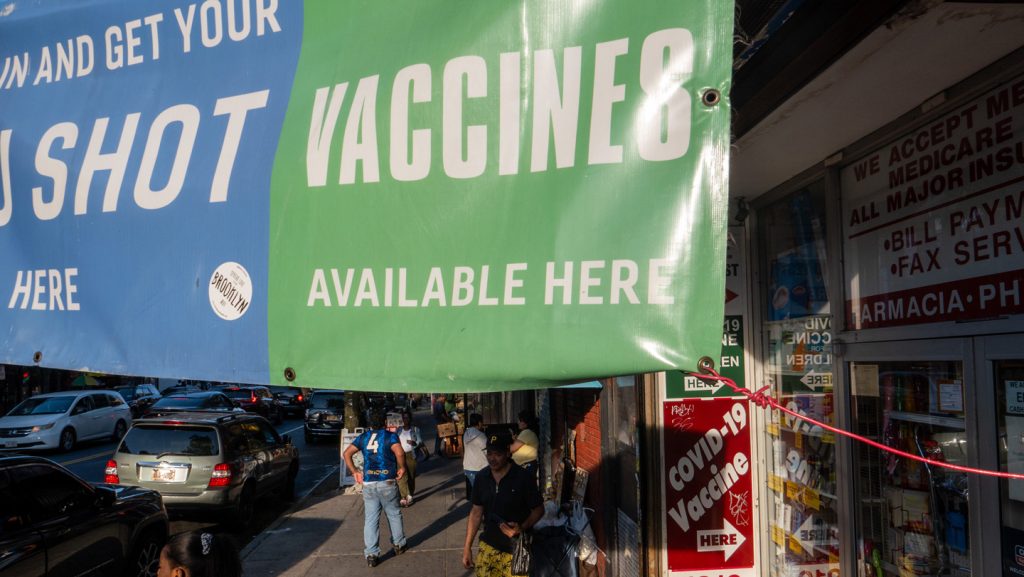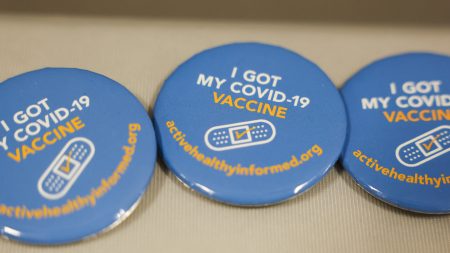The COVID-19 Vaccine Access Dilemma: Navigating New Restrictions and Public Health Concerns
In recent weeks, Americans seeking the latest COVID-19 vaccine have encountered unexpected hurdles. From crossing state lines to secure appointments to being turned away at pharmacies despite having reservations, the reality on the ground contradicts Health and Human Services Secretary Robert Kennedy Jr.’s congressional testimony that “everybody can get the vaccine.” The situation stems from FDA restrictions implemented in May that now limit vaccine eligibility for those aged 6 months to 64 years – they can receive the shot only if they have medical conditions increasing their risk of severe COVID-19.
This access barrier represents a significant shift in public health philosophy. “There’s going to be a significant amount of chaos — unnecessary chaos — because of these changes,” warns Eric Meyerowitz, an infectious disease physician at New York’s Montefiore Medical Center. The restrictions have created inconsistent availability across the country, with access often depending on state policies or individual pharmacy interpretations. Health security expert Gigi Gronvall from Johns Hopkins Bloomberg School of Public Health notes this contradicts established public health practice: “The whole idea has been to encourage access to vaccines. It’s all about how can we make this even easier,” not harder.
More changes may be forthcoming as the CDC’s Advisory Committee on Immunization Practices meets in mid-September with COVID-19 vaccines on the agenda. The committee’s composition has changed dramatically under Kennedy’s leadership, with previous members being replaced by individuals known for anti-vaccine positions and new appointees whose expertise lies in fields like surgery and cardiology rather than vaccinology. Meanwhile, current wastewater surveillance data shows moderate to very high COVID-19 activity across more than half the United States, with the COVID-19 Scenario Modeling Hub projecting peaks in late August and January. The XFG subvariant, another omicron descendant, is currently dominant, with the updated 2025-26 vaccine formulated against the LP.8.1 variant that circulated widely in spring.
The consequences of restricted vaccine access could be severe. Aubree Gordon, an infectious diseases epidemiologist at the University of Michigan, explains that reduced vaccination rates mean “people are going to feel worse” when infected. Rather than experiencing a brief two-to-three-day illness, symptoms like persistent coughs could last for weeks, disrupting work, school, and daily life. More concerning is the potential strain on healthcare systems as hospitalization rates increase. Research from early 2022 showed COVID-19 hospitalization rates were over ten times higher in unvaccinated individuals compared to those vaccinated and boosted. Meyerowitz warns, “If you continue to drive down vaccination rates, those [hospitalization] rates are going to go up,” particularly among vulnerable populations like adults over 75 and children under 2.
The value of vaccination extends beyond COVID-19. Gronvall emphasizes, “There is no pathogen on the planet for which a natural infection is better than having the vaccine first.” She describes vaccines as “like a dress rehearsal for the main performance,” training the immune system safely before actual infection. The implications of under-vaccination are already evident in other diseases – the United States has experienced a large measles outbreak this year in areas with low vaccination rates. Gordon expresses concern about “large outbreaks of these incredibly dangerous infectious diseases that are really quite easy to prevent,” undermining fundamental public health achievements that have protected generations from preventable illnesses.
Despite the federal restrictions, medical professionals maintain their commitment to evidence-based care. “There is a divergence now of standard of care medicine from federal policy,” Meyerowitz notes. “That doesn’t mean the standard of care has changed.” He advises looking to recommendations from respected medical organizations like the American Academy of Pediatrics and the American College of Obstetrics and Gynecologists rather than following “dubious federal policy.” The COVID-19 Scenario Modeling Hub estimates that maintaining broad vaccination access could prevent approximately 116,000 hospitalizations and 9,000 deaths between April 2025 and April 2026 compared to scenarios with restricted vaccination. As fall and winter approach, Americans face not just seasonal disease risks but also a transformed landscape of vaccine accessibility that may have profound implications for public health outcomes.













